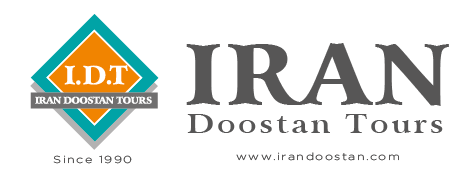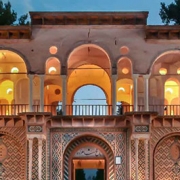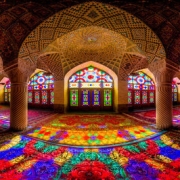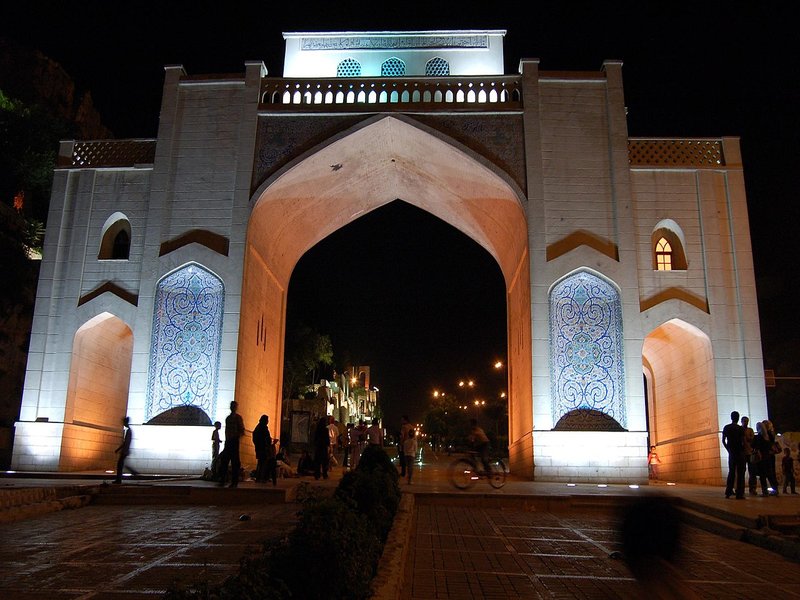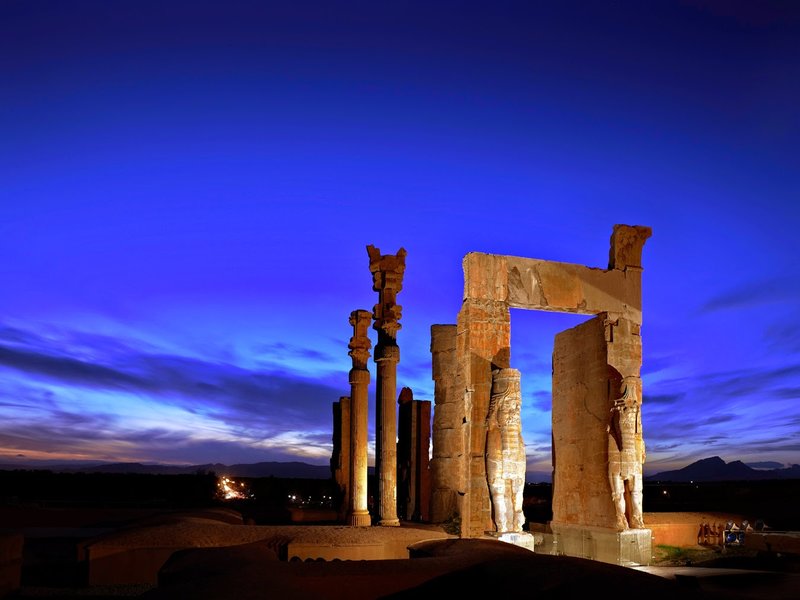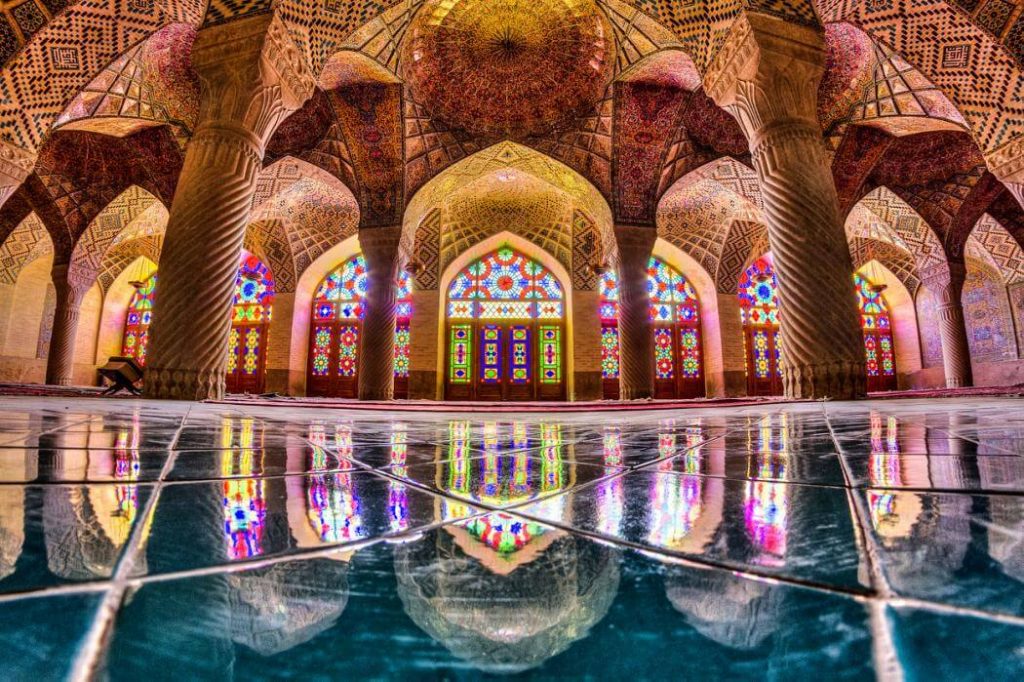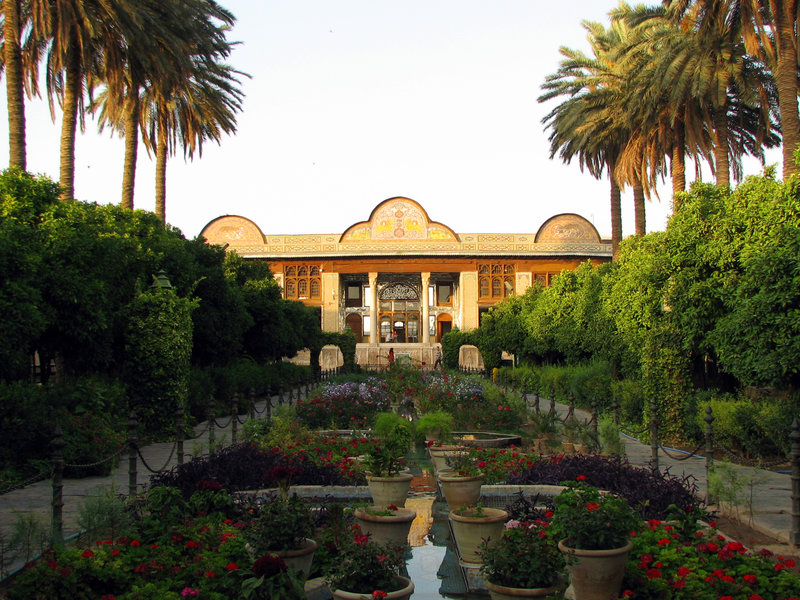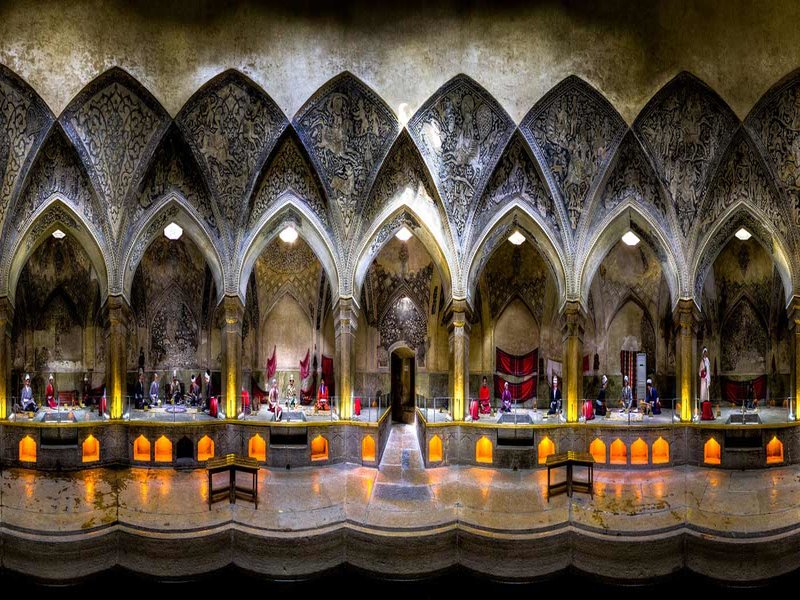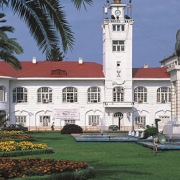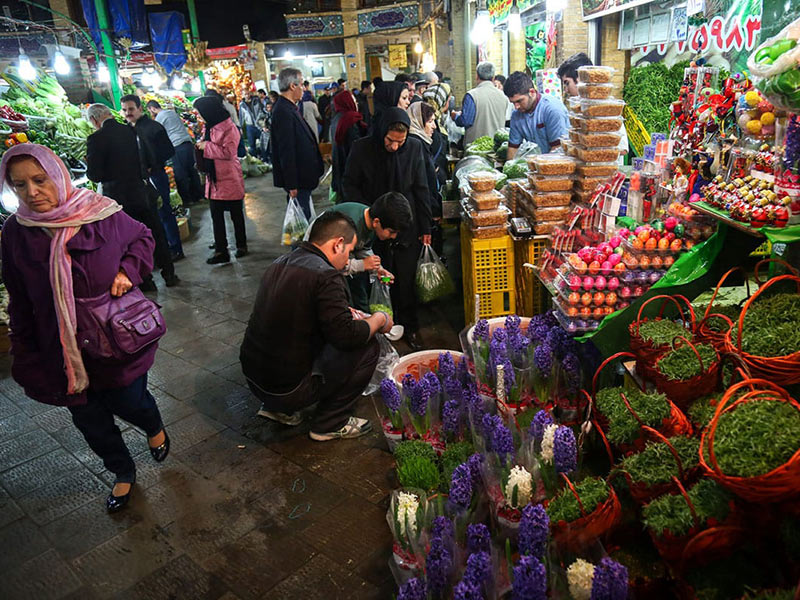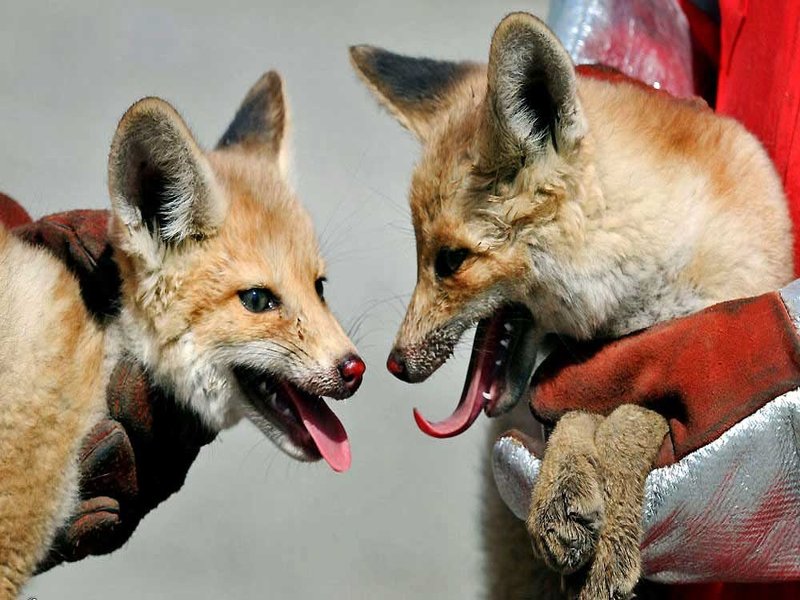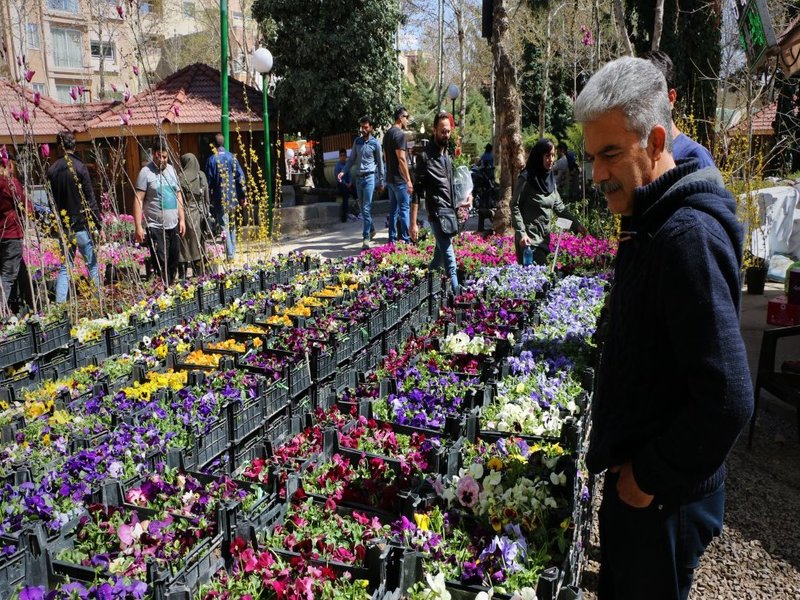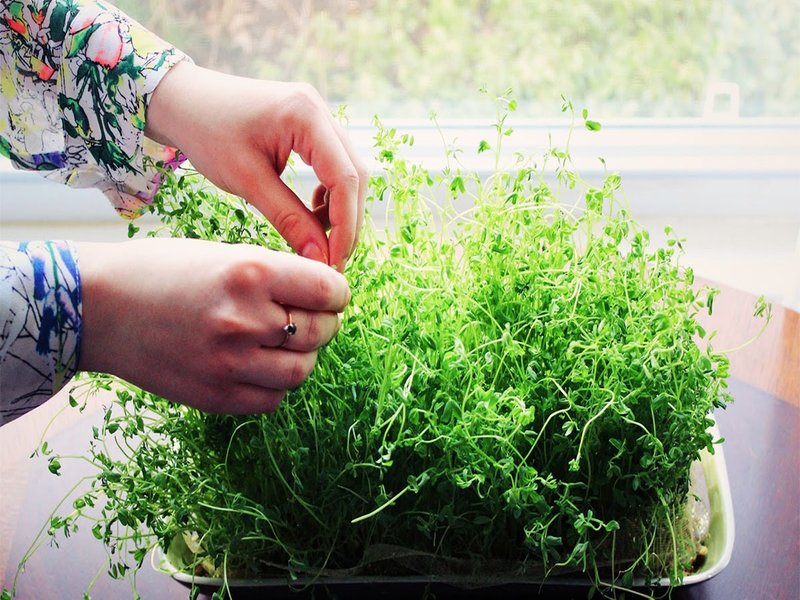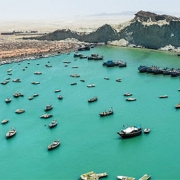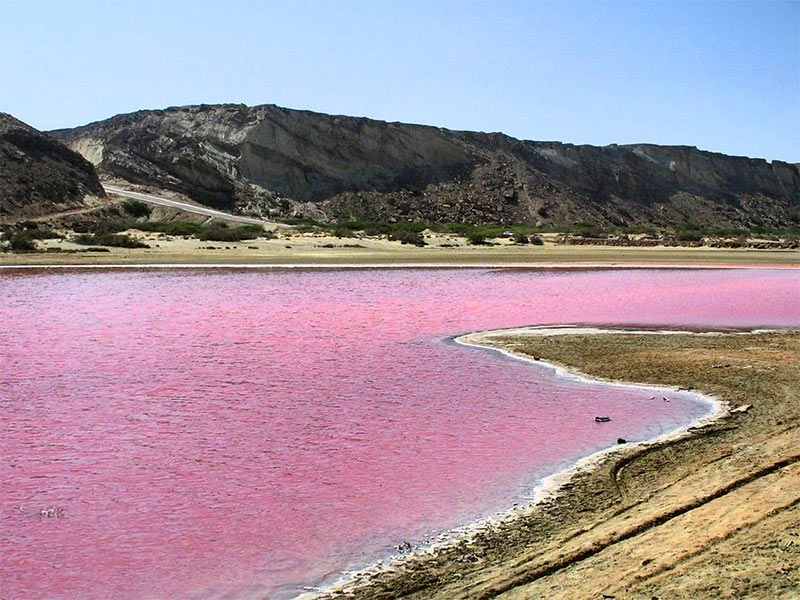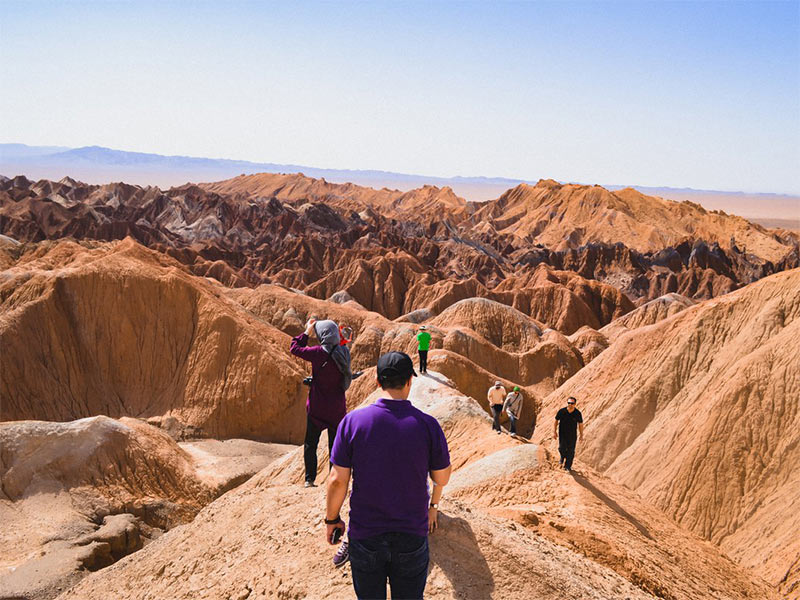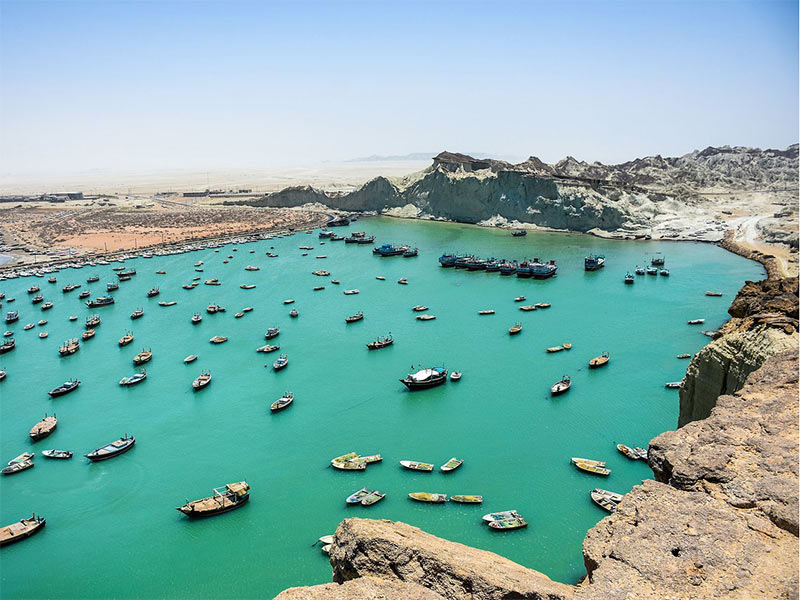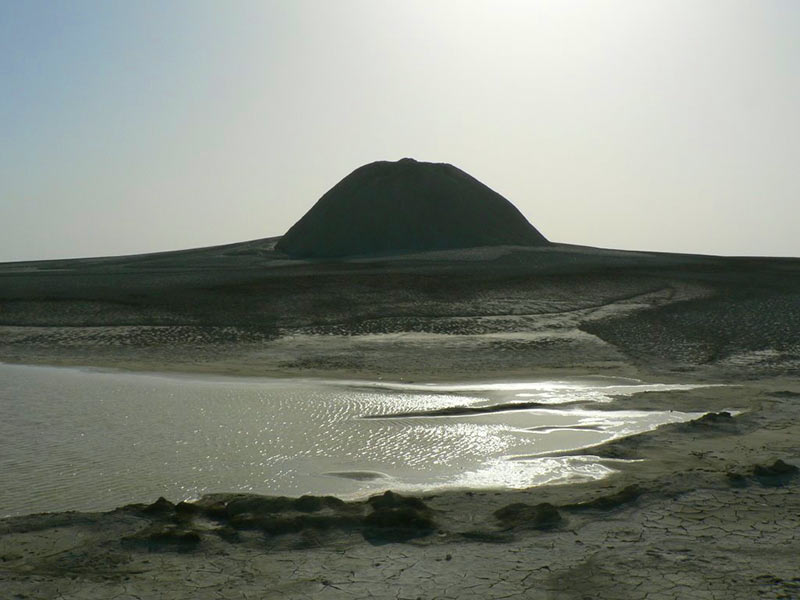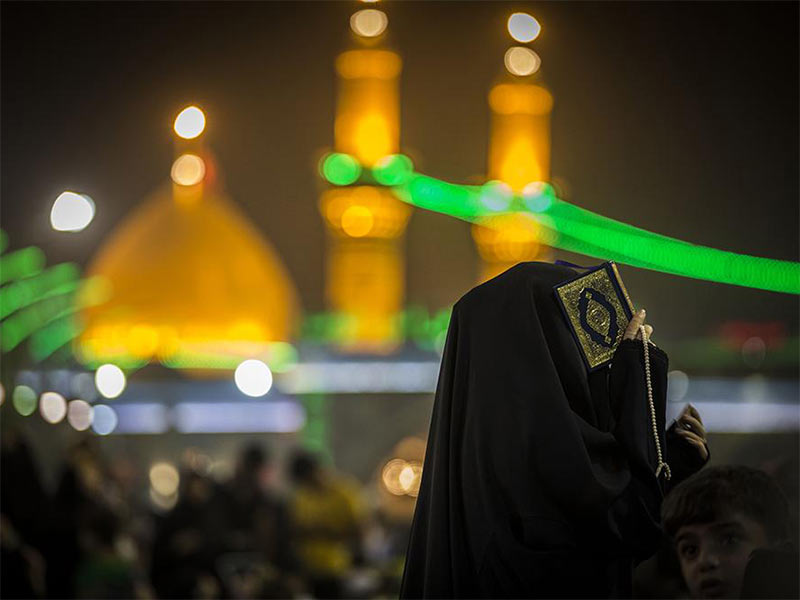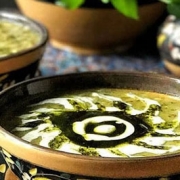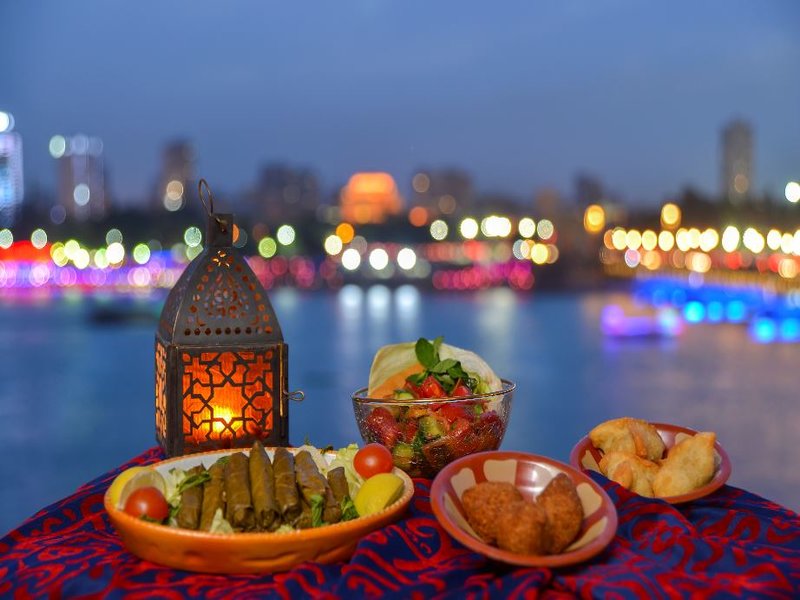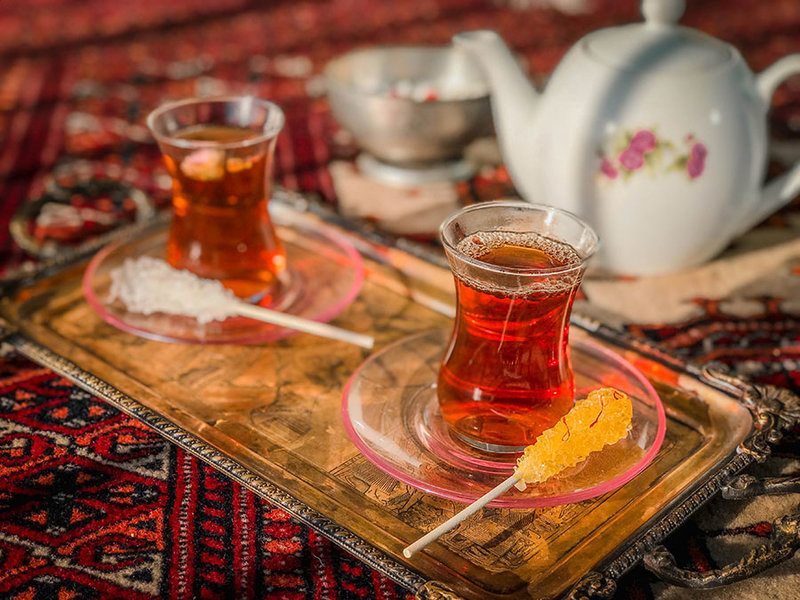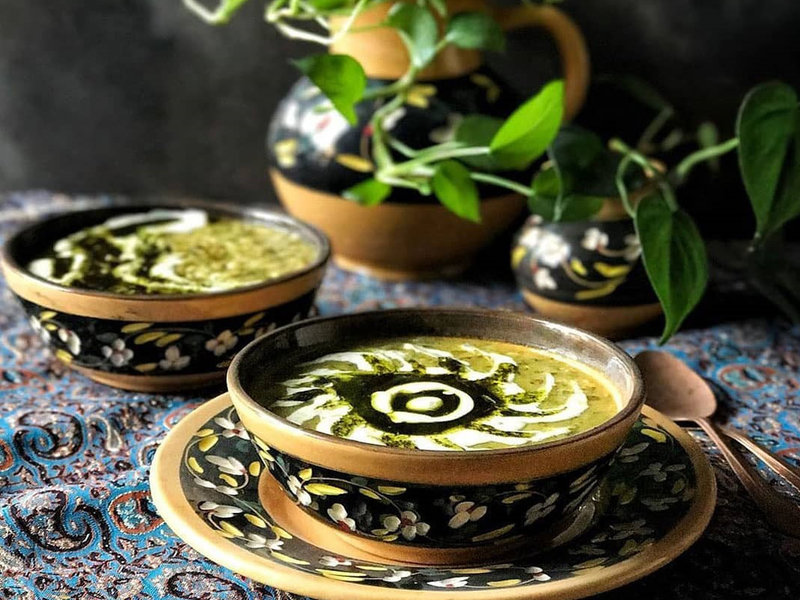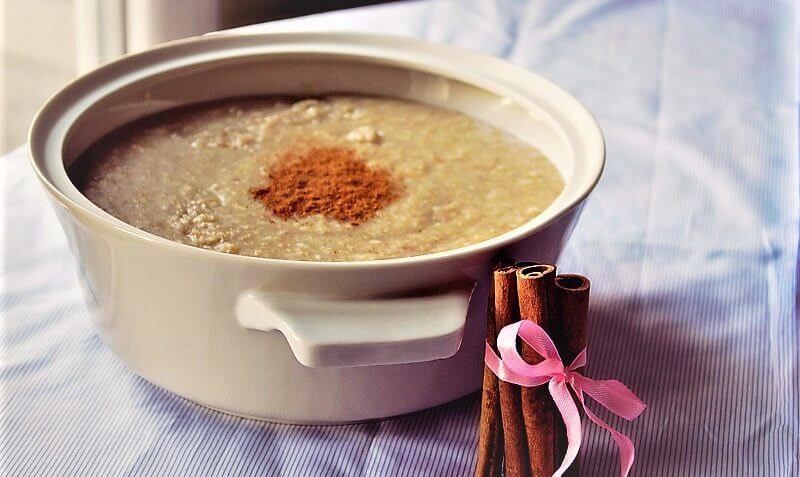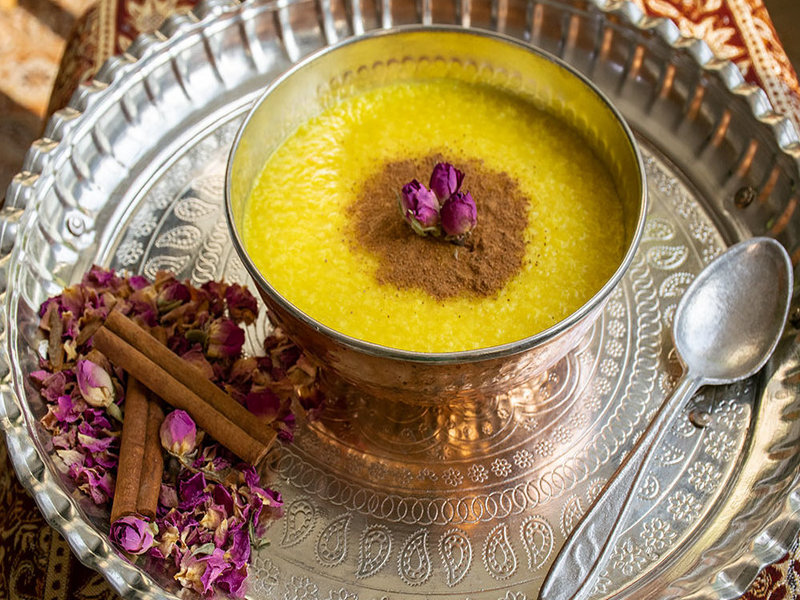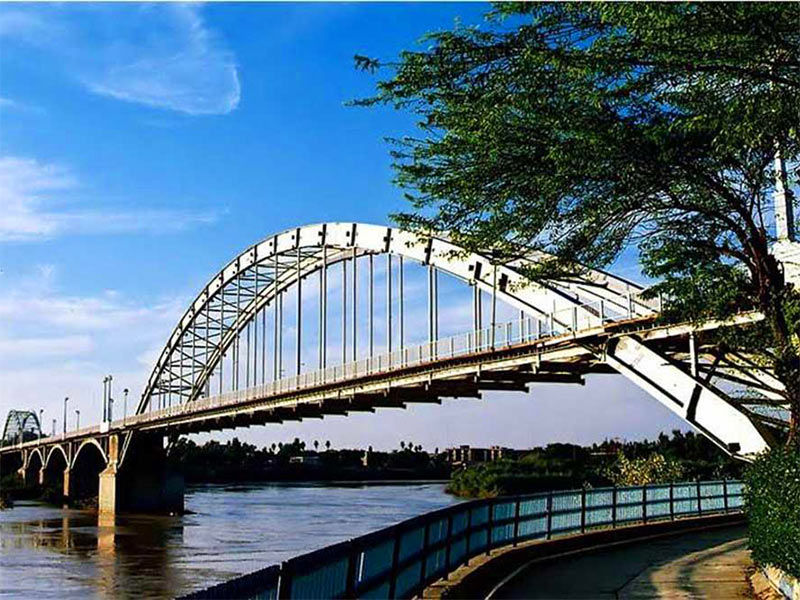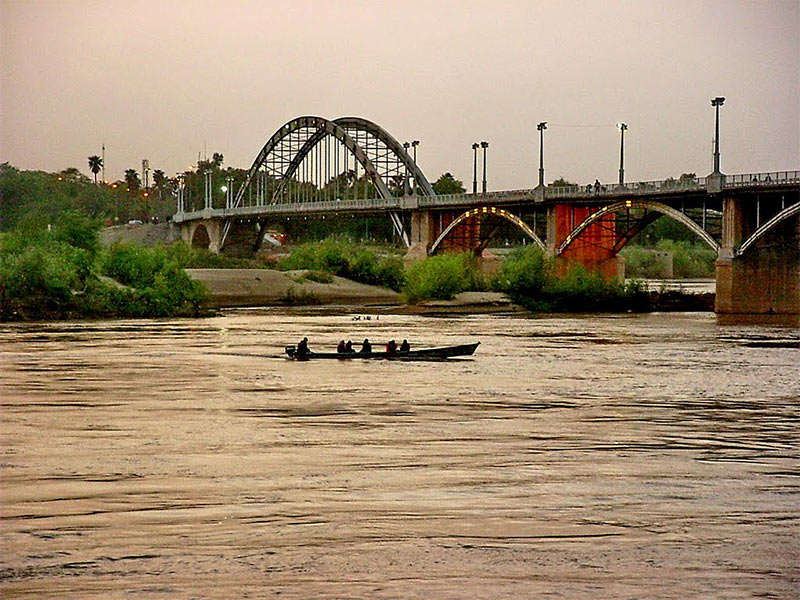Kerman virtual tour (free)
The outbreak of Coronavirus has led to an entirely different lifestyle. Social distancing is definitely not a pleasant experience, but the use of technology has made it more bearable and to some extent different.
During this time, we are using technology not just to stay in touch with our loved ones, but also to entertain ourselves and spend time in different ways such as taking online classes or virtual tours. If you are here, you are probably searching for a free virtual tour to Iran, stay with us to take a virtual tour to Kerman attractions.
Shazdeh Garden: The gem of Kerman attractions
Iranian gardens are a pure style of Iranian art and architecture that have been inherited from the past. The artistic richness and tranquility of these gardens are so great that it can be exported as a souvenir of Iranian culture to other parts of the world, exactly as Japan has done with its famous gardens.
This garden shines like a very beautiful oasis in the heart of the desert. Visit Shazdeh Garden through the link below:
http://kermooneman.ir/site/virtual-tour?id=2
GanjaliKhan Complex: A masterpiece of Iranian architecture
There is a complex called Ganjali Khan Complex Kerman, just next to the Kerman Grand Bazaar,
which consists of several historical monuments such as a square, caravanserai, bath, school, mosque, and cistern. This historical complex is among the most significant Kerman attraction that cannot be missed. The complex has been build about 200 years ago, by the order of Ganjalikhan, who used to be the ruler of this city for about 30 years.
Visit Ganjalikhan Bazaar, on the south of the square, through the link below:
http://kermooneman.ir/site/virtual-tour?id=3
Visit Ganjalikhan Bath, famous for its elegant plastering and paintings through the below link:
http://kermooneman.ir/site/virtual-tour?id=9
In the eastern part of the square, you can visit a large school, which was later changed into a caravanserai. It is interesting to know that, this place is now the Faculty of Art of the Bahonar University of Kerman.
Visit this amazing building through the below link:
http://kermooneman.ir/site/virtual-tour?id=10
Kerman Ja’ame Mosque
Many cities in Iran have a historic mosque called the Grand Mosque, which is one of the most beautiful tourist attractions in the city. The beautiful city of Kerman in southeastern Iran, which has many valuable historical monuments, is no exception. Mozaffari Mosque, known as the Kerman Grand Mosque, is a historic mosque with unique and magnificent architecture that can attract the attention of any tourist.
About 700 years ago, Amir Mobarez Al-Din Mohammad Mozaffari, ruler of Kerman was engaged in a great war with some of his enemies, and he intended to leave a good legacy if he survives. After the war, he ordered the construction of this magnificent mosque which is an architectural masterpiece.
Have a free virtual tour to Kerman and visit this fascinating Islamic building through the link below:
http://kermooneman.ir/site/virtual-tour?id=13
We would welcome any inquiry you may have about traveling to Iran, please do not hesitate to contact us at info@idt.ir.
Are you planning to travel to Iran? Check out our Iran tours.
